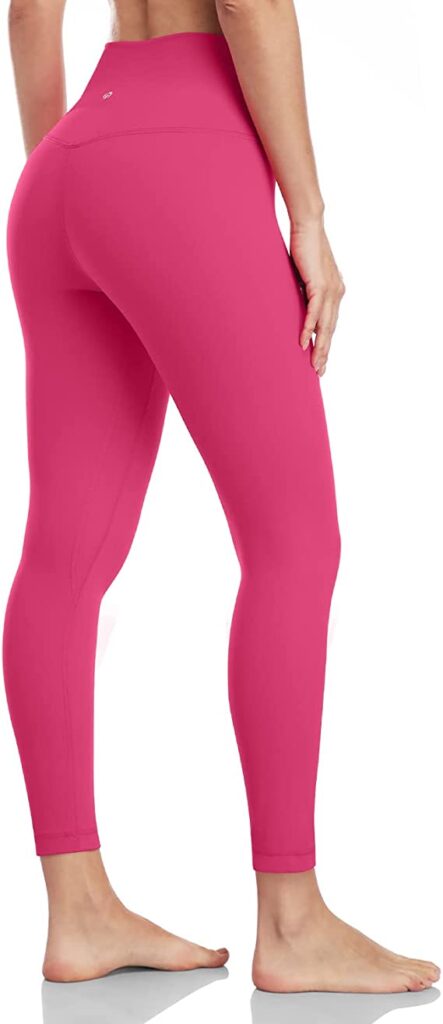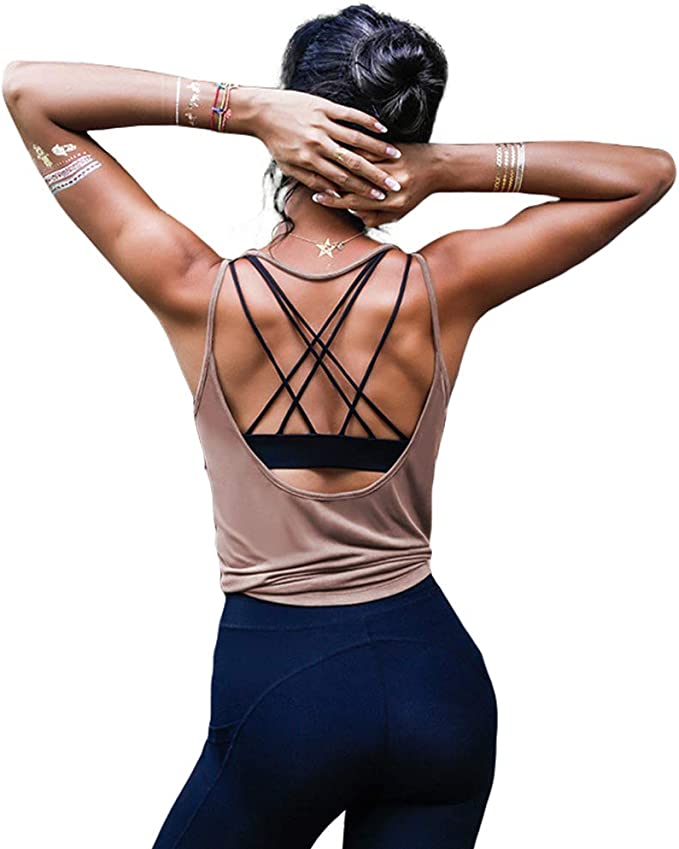You might want to give hot yoga a try if you want to liven up your yoga routine. This heated space is used to practice this type of yoga, which has grown in popularity recently. But it’s crucial to comprehend the advantages, risks, and how to get started with hot yoga before you sign up for a class. All of these subjects and more will be covered in this post.
Hot Yoga: What is it?
In order to practice hot yoga, a room must be heated to about 105°F (40.6°C) and have a humidity level of 40%. The most popular hot yoga style is called Bikram yoga, and it was developed in the 1970s by Bikram Choudhury. practice a heated chamber for 90 minutes, participants practice a prescribed sequence of 26 postures and two breathing exercises known as Bikram yoga.

Shandali GoSweat Non-Slip Hot Yoga Towel with Super-Absorbent Soft Suede Microfiber in Many Colors, for Bikram Pilates and Yoga Mats.
Advantages of hot yoga
There are a lot of potential physical and emotional advantages to hot yoga. The following are a few of the advantages that hot yoga practitioners most frequently mention:
More Flexibility
You may be able to stretch farther than you might be able to in a colder room since the heat of a hot yoga studio can help loosen up your muscles. Over time, this can assist in enhancing your general flexibility.
Enhancement of Cardiovascular Health
Your heart may have to work harder in a hot yoga studio, but over time, this can assist your cardiovascular health. In addition, the deep breathing techniques used in hot yoga can assist in enhancing lung function.
Lessened Anxiety and Stress
Like all yoga styles, hot yoga encourages relaxation and awareness, which can help lower stress and anxiety. In addition to helping you sweat off toxins and loosen up your muscles, the heat in a hot yoga studio can also help you reduce stress.
Detoxifying
You can detoxify your body by sweating away toxins and other impurities in a hot yoga studio’s heat. In addition, the deep breathing techniques used in hot yoga will help you circulate better, which can aid in the removal of pollutants.
Losing Weight
You may burn more calories in a hot yoga class than you would in a cool yoga class because of the mix of heat, humidity, and physical activity. Hot yoga’s ability to lower stress may also help people lose weight by preventing emotional eating and promoting exercise.

HeyNuts Essential 7/8 Leggings, Buttery Soft Pants Hawthorn Athletic Yoga Pants 25”
Hot Yoga Risks
Hot yoga may provide a number of advantages, but it’s also vital to be mindful of the risks. The following are some of the most typical dangers connected with hot yoga:
Dehydration
You might perspire a lot in a hot yoga studio due to the heat and humidity, which, if you don’t drink enough water before and during class, could induce dehydration.
Heat Stroke or Heat Exhaustion
If you don’t take breaks as needed and stay hydrated, the excessive heat and humidity in a hot yoga room can also put you at danger for heat exhaustion or heat stroke.
Excessive bending
Although the heat in a hot yoga room can increase your flexibility, it’s crucial to avoid overextending. Always pay attention to your body’s signals and refrain from overexerting yourself.
Injury
Hot yoga poses the same risks of injury as any other form of physical exercise. To prevent injury, be sure to use good form, alignment, and listening to your body.

THE GYM PEOPLE Thick High Waist Yoga Pants with Pockets, Tummy Control Workout Running Yoga Leggings for Women
How to Begin a Hot Yoga Practice
Here are some pointers to get you started if you want to attempt hot yoga:
Locate an established studio
Find a reliable hot yoga studio in your region by doing your research. Find a studio with knowledgeable instructors who place a strong emphasis on alignment and safety.
Don the Right Attire
Wearing breathable, moisture-wicking clothing will keep you cool and comfortable while engaging in hot yoga. Cotton should not be worn since it can become cumbersome and uncomfortable when wet with sweat.
Make Sure to Hydrate
To prevent dehydration, make sure to drink lots of water both before and during class. Additionally, you might want to bring a water bottle to class.
Begin Gradually
Start with a beginner class if you’re new to hot yoga and work your way up to more intermediate classes over time. As needed, take breaks, and pay attention to your body.
Take a towel
Bring a towel to a hot yoga class because you’ll probably perspire a lot; this will save you from slipping on your mat.
Recognize your limitations
In hot yoga, it’s important to push yourself, but it’s also crucial to be aware of your limitations. Avoid overworking oneself, and make sure to take pauses when necessary.

Ewedoos Yoga Mat Bag with Large Size Pocket and Zipper Pocket, Fit Most Size Mats
Conclusion
Infusing your yoga practice with hot yoga can be exciting and difficult while offering a variety of possible physical and emotional advantages. Nevertheless, it’s critical to be aware of the dangers and take precautions to stay secure and at ease during class. You may take advantage of all that hot yoga has to offer by doing your research, clothing accordingly, drinking properly, starting out gently, bringing a towel, and being aware of your boundaries.
FAQs
Is hot yoga appropriate for newcomers?
Beginners may benefit from hot yoga, but it’s crucial to start off carefully and pay attention to your body.
What do I put on for a hot yoga session?
It’s crucial to dress in breathable, moisture-wicking gear to keep you comfortable and cool. Do not wear cotton.
How frequently should I do hot yoga?
This depends on your individual objectives and level of fitness. It’s crucial to pay attention to your body and refrain from going overboard.
Can practicing hot yoga aid in weight loss?
Compared to a cooler yoga class, hot yoga can help you burn more calories, but weight reduction is also influenced by other variables including nutrition and general physical activity.
Is pregnancy safe for hot yoga?
Before doing hot yoga while pregnant, it’s crucial to speak with your doctor because there are dangers for both you and your unborn child.

